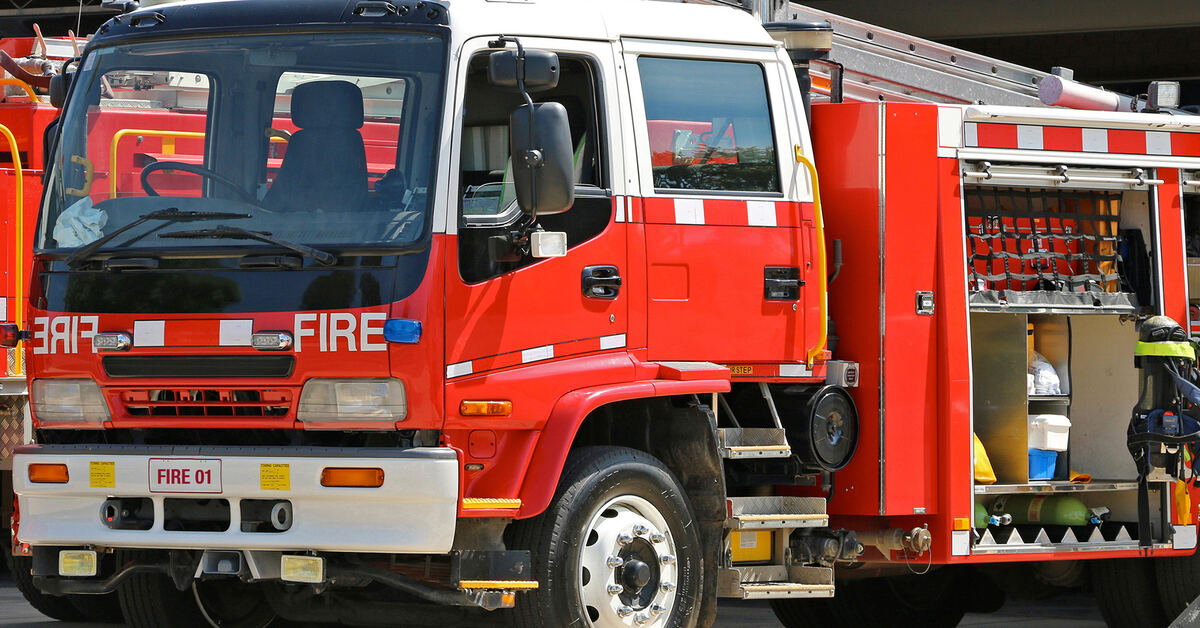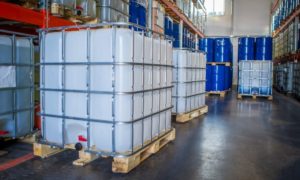Fire engines require reliable components to help first responders carry out challenging operations. One element of these vehicles is the water storage system. Poly water tanks are perfect for rescue vehicles in municipal services, military applications, and food processing plants. Their strength, durability, and adaptability make them perfect for fire engine water tanks.
Strength and Durability Where It Counts
Manufacturers design poly water tanks to withstand demanding environments that rescue vehicles exist in. Whether first responders are combating raging fires or addressing chemical spills in industrial areas, these tanks can handle extreme conditions. High-quality polyethylene materials provide exceptional resistance to impacts and vibrations the tanks may face during high-speed travel to emergency sites.
Unlike metal or fiberglass tanks, poly tanks do not succumb to corrosion; instead, they maintain their structural integrity when exposed to harsh outdoor conditions or the constant presence of water. This durability translates to a longer lifespan for the tank, reducing the maintenance and replacement costs for rescue organizations.
Lightweight Solution That Boosts Efficiency
One of the most significant advantages of poly water tanks is their lightweight construction. Poly tanks do not significantly add to the weight of rescue vehicles, unlike heavy steel or alloy tanks. Lightweight vehicles consume less fuel, improving operational efficiency without compromising safety or capacity.
This weight reduction also affords greater maneuverability to rescue vehicles—drivers can respond swiftly to time-critical emergencies. With better handling and reduced wear on rescue vehicle components, poly tanks contribute to the performance and reliability of the fleet.
Customization Enhances Flexibility
Every emergency scenario presents unique challenges, and rescue teams must equip their vehicles to adapt accordingly. Poly water tanks offer the necessary versatility to meet dynamic demands. Manufacturers can customize poly tanks to fit different sizes, shapes, and capacity requirements. Poly designs are fully customizable if a vehicle needs multiple compartmentalized tanks or a tank with pre-installed fittings for hoses and pumps.
Additionally, poly tanks are compatible with various mounting systems and accessories. This adaptability simplifies integration with advanced fluid handling systems in modern fire engines and other rescue vehicles.
Hygienic and Low-Maintenance Performance
Rescue vehicles sometimes supply clean water for disaster relief or hazardous material cleanup. Poly water tanks have hygienic and non-porous interiors that inhibit the growth of bacteria or contaminants. The water in the tank remains clean and safe for any task, meeting healthcare and food processing operations standards, such as NSF/ANSI 61, from the National Sanitation Foundation (NSF). Materials used in water systems must be safe for contact with drinking water and protect public health.
Furthermore, poly water tanks are remarkably easy to clean and maintain. Their smooth surfaces resist scaling and sediment buildup, making routine maintenance straightforward. This low-maintenance advantage further supports the fast-paced missions of municipal and emergency services.
Poly Tanks Set the Standard for Fire Engine Water Tanks
Thanks to their unmatched durability, lightweight design, and flexibility, poly water tanks have redefined what’s possible for rescue vehicles. Their ability to perform in tough conditions while reducing long-term costs makes them indispensable to industries requiring highly reliable water storage solutions. Whether supporting fire departments, military applications, or industrial facilities, polywater tanks are essential for rescue operations.




